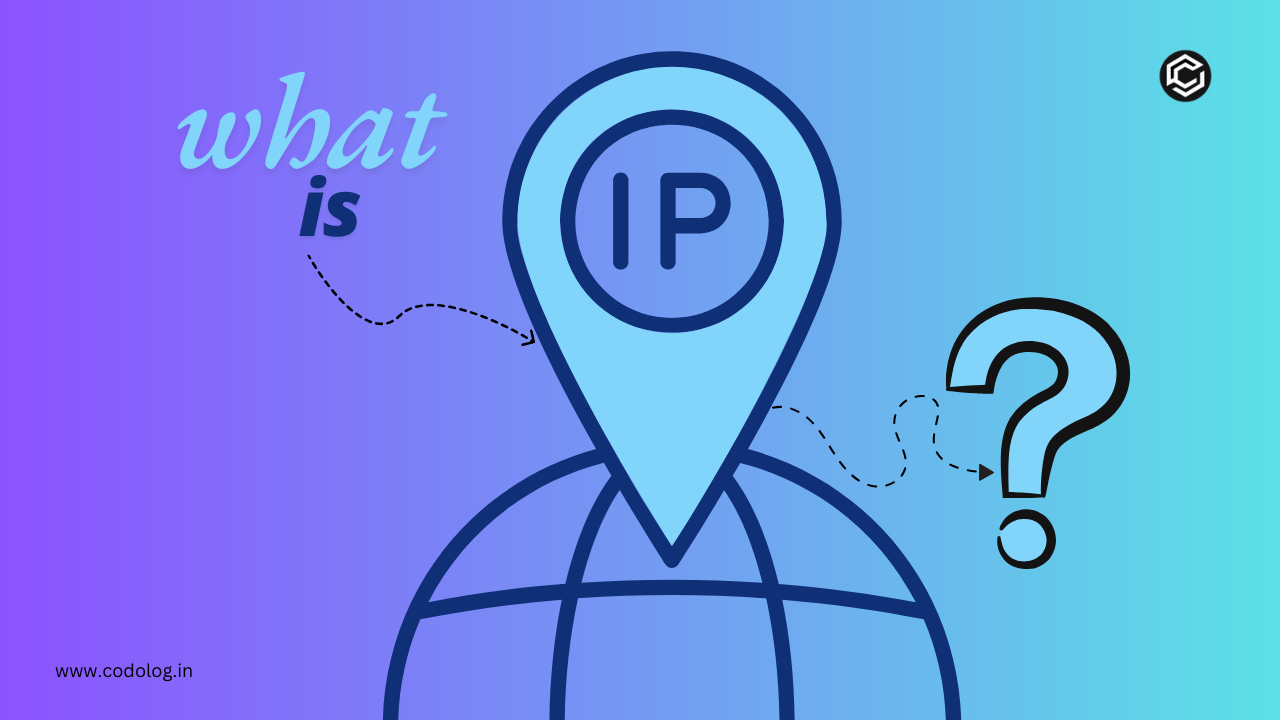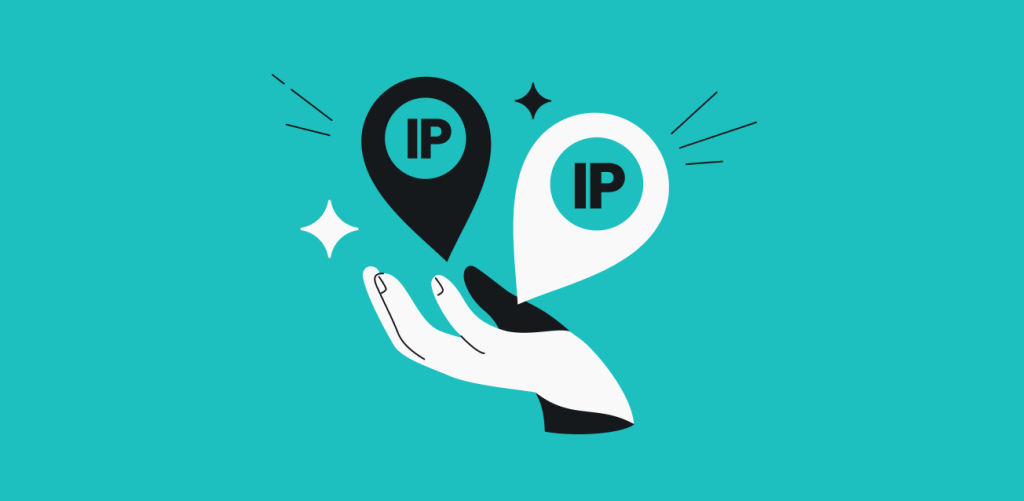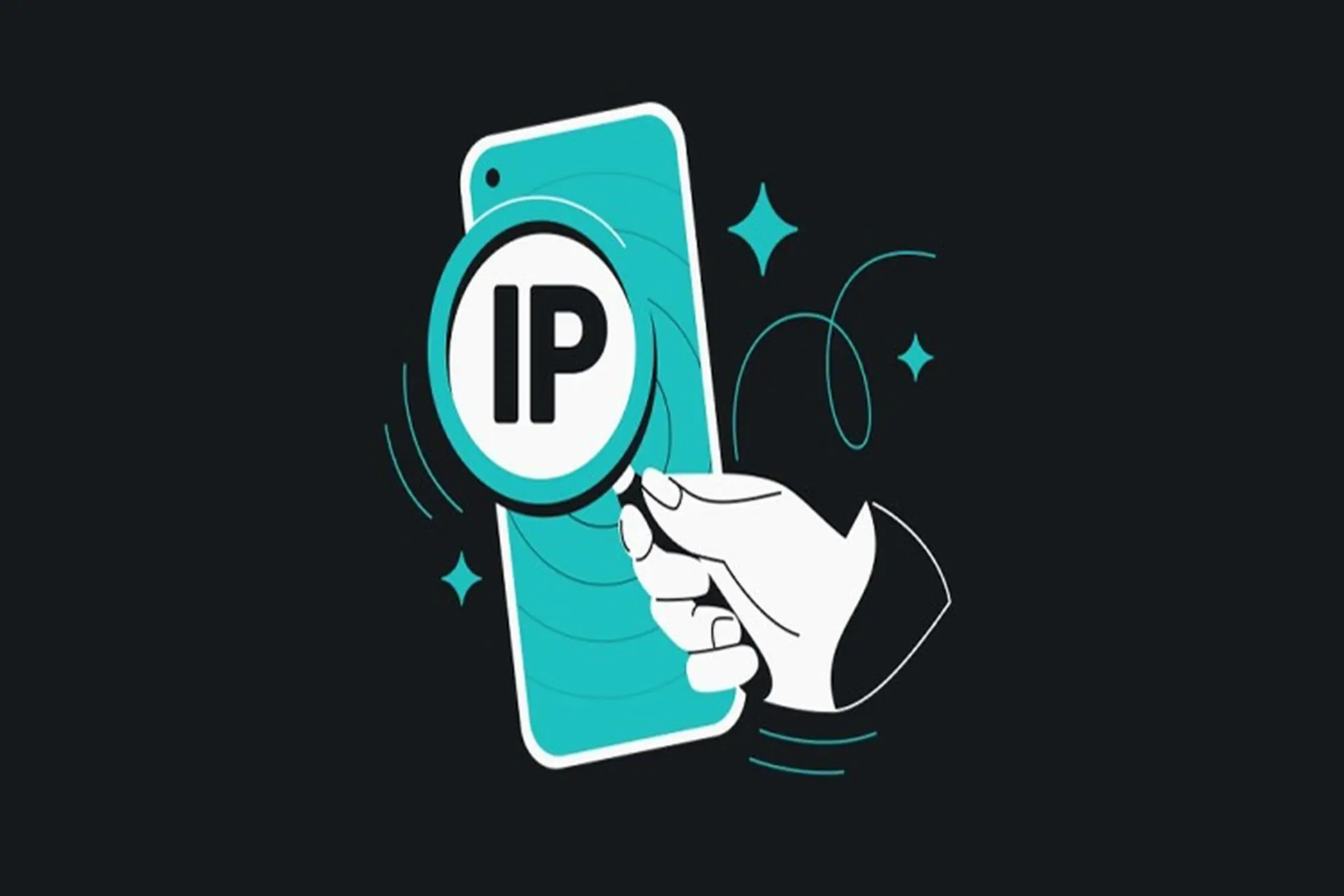An Internet Protocol (IP) address serves as the digital equivalent of a postal address, uniquely identifying every device connected to the internet or a local network. Just as your home address allows mail carriers to deliver packages to your doorstep, an IP address enables computers, smartphones, tablets, and other networked devices to locate and communicate with each other across vast digital networks. This numerical identifier forms the backbone of modern internet communication, making it possible for you to browse websites, send emails, stream videos, and engage in countless online activities.
Understanding IP addresses is crucial in today’s interconnected world, where billions of devices rely on seamless communication protocols to function effectively. Whether you’re a business owner managing network infrastructure, a student learning about computer networks, or simply a curious internet user wanting to understand how your daily online activities work, grasping the fundamentals of IP addressing will enhance your digital literacy and help you troubleshoot common connectivity issues.
The concept might seem technical at first glance, but IP addresses operate on principles similar to traditional mail systems that we use every day. When you type a website URL into your browser or send a message through an app, complex processes occur behind the scenes, routing your data through multiple networks using IP addresses as navigation markers. This intricate system ensures that information reaches its intended destination accurately and efficiently, regardless of geographical boundaries or network complexities.
Understanding the Basic Structure of IP Addresses

An IP address consists of a unique string of numbers separated by periods, typically appearing in formats like 192.168.1.1 or 172.16.254.1. These addresses are not randomly generated but follow specific mathematical algorithms managed by the Internet Assigned Numbers Authority (IANA), which works under the Internet Corporation for Assigned Names and Numbers (ICANN). Every number in an IP address can range from 0 to 255, creating the full addressing range from 0.0.0.0 to 255.255.255.255.
The structure of an IP address contains two essential components: the network ID and the host ID. The network ID identifies the specific network or subnet where a device belongs, while the host ID pinpoints the individual device within that network. This dual-part system enables efficient routing of data packets across complex network infrastructures, allowing routers to direct information to the correct network first, then to the specific device within that network.
Modern IP addresses come in two primary versions: IPv4 and IPv6. IPv4 addresses use 32-bit numbers displayed in dotted-decimal format, while IPv6 addresses employ 128-bit numbers shown as eight groups of hexadecimal digits separated by colons. The transition from IPv4 to IPv6 became necessary due to the rapid growth of internet-connected devices, as IPv4’s limited address space proved insufficient for the expanding digital.
How IP Address Assignment and Management Works
Your Internet Service Provider (ISP) assigns IP addresses to your devices when you connect to the internet. This assignment process can occur through static allocation, where devices receive permanent addresses, or dynamic allocation, where addresses change periodically based on network requirements and availability. Most home users receive dynamic IP addresses that may change when they restart their modem or router, while businesses often prefer static addresses for consistent server accessibility.
The global management of IP addresses follows a hierarchical structure starting with IANA at the top level. IANA distributes large blocks of addresses to five Regional Internet Registries (RIRs), which then allocate smaller blocks to local internet registries, ISPs, and large institutions within their geographical regions. This systematic approach ensures efficient distribution and prevents address conflicts across the global internet infrastructure.
When you travel with mobile devices, your IP address changes based on your connection method. Using cellular data assigns you an IP address from your mobile carrier’s pool, while connecting to public Wi-Fi networks provides addresses from those networks’ ISPs. This dynamic nature of IP addressing enables seamless connectivity regardless of your physical location while maintaining the integrity of network routing protocols.
The Communication Process Behind IP Addressing

IP addresses facilitate communication through a sophisticated process that occurs transparently during your internet activities. When you attempt to access a website, your device first connects to your local network, which then connects to the broader internet through your ISP. Your ISP routes your requests to the appropriate web servers using IP addresses as navigation guides, ensuring that responses return to your specific device.
The communication process relies on the Internet Protocol, which establishes standardized rules for data transmission across networks. All devices participating in internet communication must follow these protocols, creating a universal language that enables seamless information exchange regardless of device types, operating systems, or geographical locations. This standardization forms the foundation of global internet connectivity and interoperability.
Data transmission occurs through discrete units called packets, each containing both the actual information being transferred and metadata headers with routing instructions. These packets travel through multiple network nodes, with routers at each point examining IP address information to determine the optimal path toward the destination. This packet-switching approach ensures efficient network utilization and provides redundancy in case certain routes become unavailable.
Types and Categories of IP Addresses
IP addresses fall into several categories based on their intended use and accessibility. Public IP addresses are globally unique identifiers visible across the entire internet, while private IP addresses are reserved for internal network use and are not directly accessible from external networks. Private addresses enable organizations to create secure internal networks while conserving the limited pool of public IPv4 addresses.
Static IP addresses remain constant over time, providing consistent accessibility for servers, websites, and devices that require permanent network presence. Dynamic IP addresses change periodically, offering flexibility for general internet users and helping ISPs manage their address pools more efficiently. Most residential internet connections use dynamic addressing, while businesses often invest in static addresses for hosting services and remote access requirements.
Certain IP address ranges serve special purposes within the network infrastructure. Loopback addresses (127.0.0.1) enable devices to communicate with themselves for testing purposes, while broadcast addresses allow simultaneous communication with all devices on a specific network segment. Understanding these special-purpose addresses helps network administrators troubleshoot connectivity issues and optimize network performance.
Security and Privacy Considerations

IP addresses can reveal information about your general geographical location and internet service provider, raising privacy concerns in an increasingly connected world. While IP addresses don’t directly expose personal information like names or exact addresses, they can be used for tracking online activities and building digital profiles for advertising or surveillance purposes. Understanding these privacy implications helps users make informed decisions about their online behavior and security measures.
Various tools and techniques can help protect your IP address privacy, including Virtual Private Networks (VPNs), proxy servers, and Tor browsers. These solutions mask your real IP address by routing your internet traffic through intermediate servers, making it more difficult for websites and third parties to track your online activities. However, users should research and choose reputable privacy tools to ensure effective protection without compromising connection speed or security.
Some jurisdictions classify IP addresses as personal data, subjecting their collection and use to privacy regulations and data protection laws. Organizations handling IP address information must comply with applicable privacy requirements, implement appropriate security measures, and provide transparency about their data collection practices. Users should familiarize themselves with relevant privacy laws in their regions to understand their rights and available protections.




